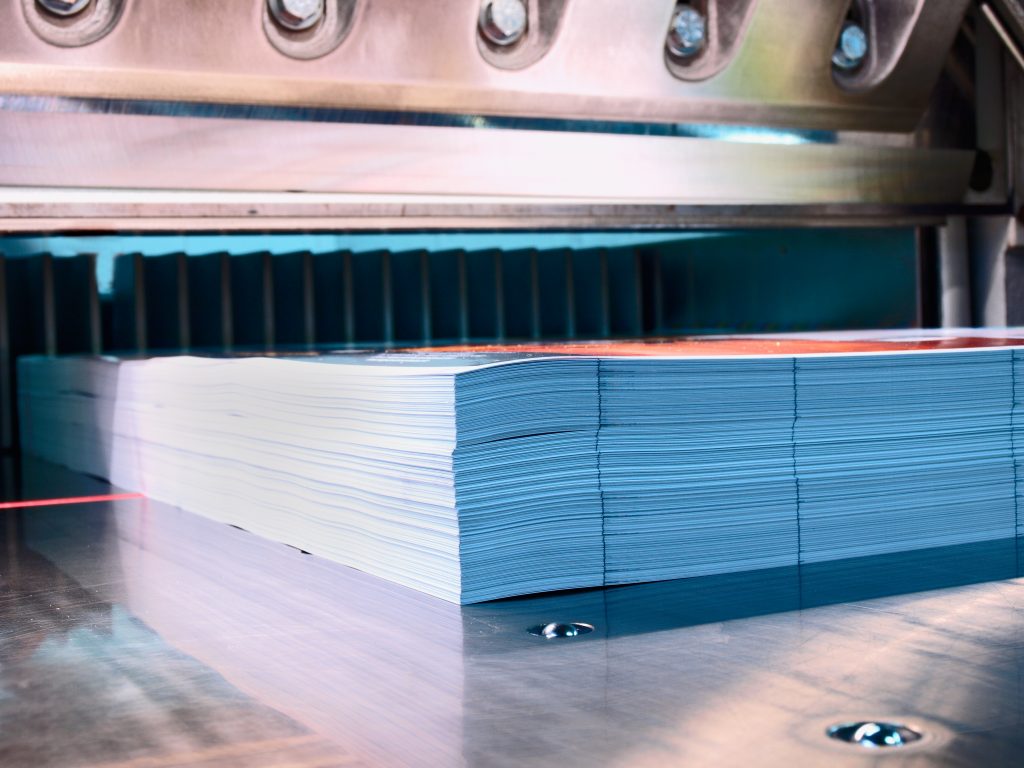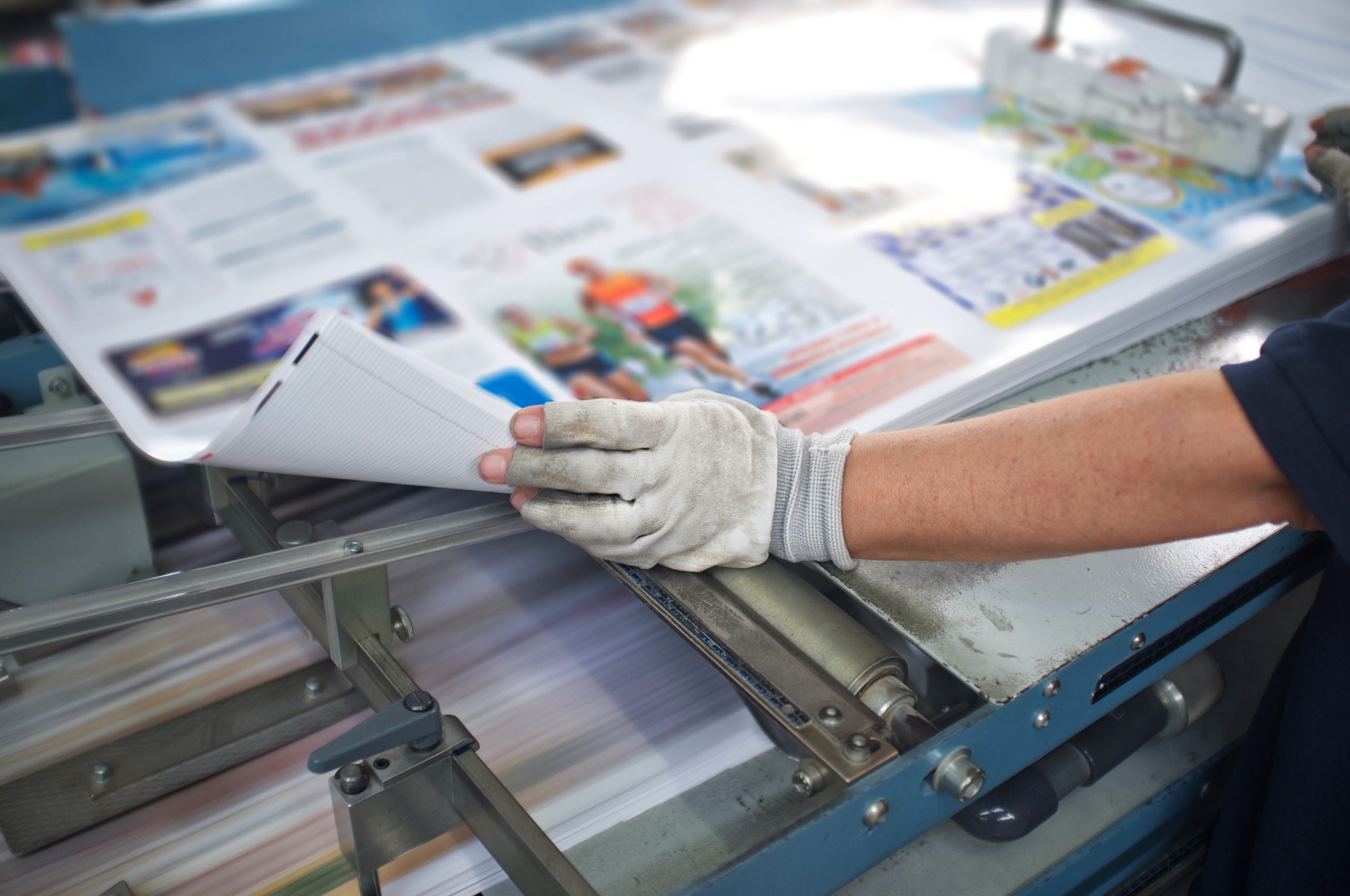Die-cutting machines are essential for many businesses, from small print shops to large manufacturing facilities. Various industries, such as the packaging, signage, and graphic arts industry, use die-cutters to cut various materials into customized shapes. Some commercial die-cutting machines can also emboss, perforate, crease, form, and laminate. This article will identify the various types of die-cutting machines, their uses, and their pros and cons.
Manual Versus Automatic Die-Cutting Machines
The most basic classification among die-cutting machines is between manual and automatic die-cutting machines. In the manual machine, the operator must feed sheets of material by hand. That is tedious, slow, and labor-intensive. The automatic machine continuously feeds sheets of material for cutting. That is efficient and fast, resulting in higher productivity.
Flatbed Versus Rotary Die-Cutting Machines
Industries use industrial die-cutting machines for high-volume production. For instance, the packaging industry uses them to create boxes, cartons, and other packaging products. The sign-making industry uses them to cut vinyl, acrylic, and other materials into shapes used for signage and displays. In the graphic arts industry, they are used to cut paper, cardstock, and other materials into specific shapes for card making, scrapbooking, and other crafts.
The two main types of industrial die-cutting machines are flatbed and rotary die-cutting machines.
Flatbed Die-Cutting Machines
The big, heavy-duty hydraulic flatbed die-cutting machine, also called the platen die-cutting machine, is more common. Its advantages are:
- It can cut large sizes of materials.
- It can cut a wide range of thin and thick materials and sheets and rolls.
- It can cut close groups of shapes, reducing the wastage of materials.
- It is more affordable than the rotary die-cutting machine.
Its disadvantages are:
- It is slower than the rotary die-cutting machine because it stops and starts, lowering productivity.
- While it cuts accurately and cleanly, it is not as precise as the rotary die-cutting machine.
- It cannot do printing, perforation, and lamination.
- It takes a longer time to set it up.
Rotary Die-Cutting Machines
The electric rotary die-cutting machine uses a cylindrical cutting die that cuts materials as it passes through the rollers.
Its advantages are:
- It is in constant motion; hence, it cuts faster than the flatbed die-cutting machine, producing higher volumes.
- It has a much higher level of precision than the flatbed die-cutting machine, making it ideal for materials that require special handling.
- It is multi-functional and able to print, perforate, and laminate.
- It can do kiss cutting, leaving the backing paper intact while cutting through the front material.
Its disadvantages are:
- Its tooling, setup, and dies are more expensive than the flatbed die-cutting machine; hence you can use it only for large-volume production to justify costs.
- Its working width is narrower than the flatbed die-cutting machine, so it cannot cut wide materials.
- It cannot cut thicker and denser materials well.
- It can only cut materials that come in rolls; it cannot cut sheets
Choosing a Die-Cutting Machine
Flatbed and rotary die-cutting machines each have advantages and disadvantages, which can decide which type of machine is right for your business. When choosing a die-cutting machine, it is essential to weigh the pros and cons of each to find the one that best suits your business needs.
It is crucial to source your die-cutting machine from a reliable manufacturer to ensure that you are getting the best quality.
SBL Machinery is a reputable manufacturer of customizable rotary die-cutting machines and offers top-quality automatic platen creasing and cutting machines. Fill out a form today for inquiries about our die cutters.



Related Posts
The complete guide to the 11-day 2024 Drupa exhibition program
Read MoreA sneak peek of 2024 DRUPA⼁From background history to current situation, exhibition products, and visitor results at once
Read MoreHot Stamping Machine Installation and Acceptance Guide: 3 Key Considerations for Buyers
Read More